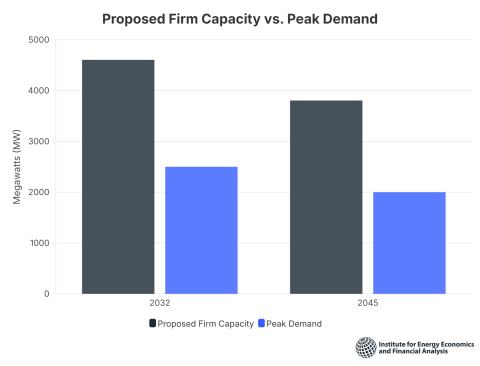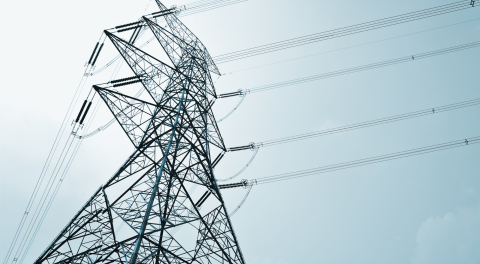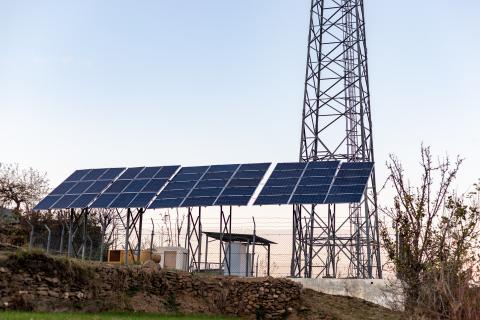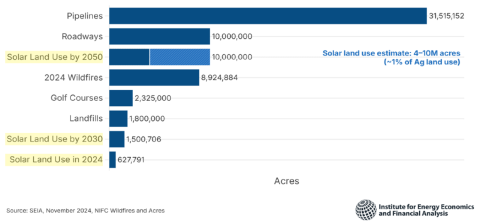Buying power from AMP's Prairie State and combined hydro project has been a financial disaster for Cleveland Public Power and its ratepayers
Download Full Report
Key Findings
Cleveland Public Power customers are paying a high price for electricity provided through long-term contracts with American Municipal Power (AMP), a factor that has helped to drive CPP’s rates up over the past several years.
Executive Summary
Cleveland Public Power is the largest member of American Municipal Power (AMP), an organization made up of 134 municipal utilities and one joint action agency in nine states. AMP is by far the largest supplier of electricity to CPP. According to an analysis of CPP by New Gen Strategies, 1 CPP paid AMP $97 million for its power supply in 2019, amounting to approximately 70% of CPP’s total power supply expenses of $137 million.
While AMP provides CPP electricity through a mix of contracts, two major power supply contracts stand out as being significantly more expensive than market prices: The Prairie State coal-fired power plant in Illinois and the AMP Combined Hydro Project in the Ohio River. The price of electricity from both of these plants is significantly higher than what AMP promised to Cleveland City Council when the city signed the contracts in 2007. Both of these contracts are 50-year, take-or-pay contracts.
IEEFA estimates that CPP paid at least $106 million more for power from these two projects (the Prairie State and the hydro plants) between 2012 and 2019 than it would have paid to purchase the same amounts of capacity and energy in the wholesale PJM (regional) markets. CPP has a 24.88 MW share of the Prairie State plant and a 35 MW share of the combined hydro plants.














